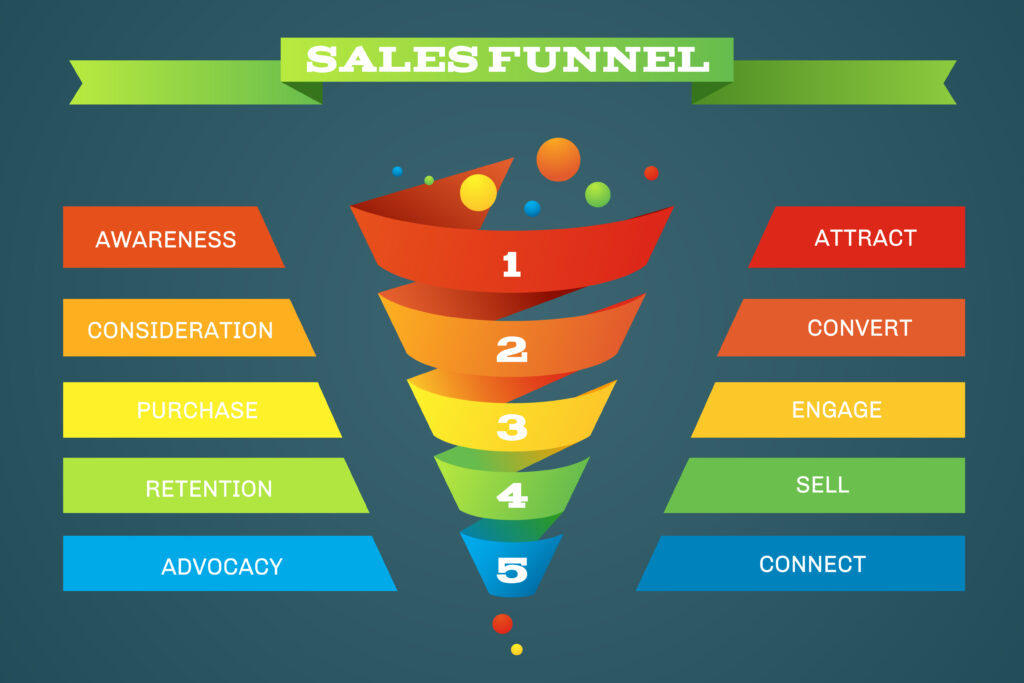What is a Marketing Plan?
Put simply, a marketing plan is the strategy behind HOW your business will market itself to attract and keep customers. It includes targets and activities, timeframes, strategies, and indicators of success. A coherent marketing plan can help guide your efforts and ensure that all of your assets are working together seamlessly to achieve the business objectives you set.
What is the Purpose of a Marketing Plan?
The primary goal of a marketing plan is to achieve business objectives by developing targeted advertising and marketing strategies. Thus, all marketing activities find their place to be more focused and measurable as per the larger business objectives. It also lays claim to the steps for measuring, iterating your campaigns, and maintaining cohesive messaging across channels.

How to Write a Marketing Plan Step By Step
1. Define Your Business Mission
Because your business mission guides and gives meaning to what you do. It says what you believe in, why you exist, and how you are going to serve your customers. The mission is everything that should serve as the current of a company when writing a marketing plan, and all one needs to line up with it. For example, if your business falls within the health and wellness vertical offering all-natural products then you will probably need to teach visitors in marketing copy about a more frugal-istic lifestyle.
2. Conduct a SWOT Analysis
SWOT analysis is a strategic tool that identifies and analyzes internal and external factors affecting a business. It consists of four components: Strengths, Weaknesses, Opportunities, and Threats. Each plays a critical role in shaping marketing strategies and positioning a company effectively in the market.
Components of SWOT Analysis
| Strengths (Internal Factors) | Positive attributes of the company. For Example, Strong brand reputation, loyal customer base, unique product features, excellent customer service. |
| Weaknesses (Internal Factors) | Areas that need improvement.For Example, Poor e-commerce functionality, high operational costs, limited market reach. |
| Opportunities (External Factors) | External trends or gaps that can benefit the business.For Example, Expansion into new markets, rising demand for sustainable products, technological innovations. |
| Threats (External Factors) | External challenges that could negatively impact the business. For Example, Intense competition, economic downturns, changing customer preferences. |
Importance of SWOT Analysis in Marketing Plans
- Strategic Positioning: Helps identify competitive advantages and areas for development.
- Informed Decision-Making: Enables data-driven choices regarding product launches, market entry, and pricing strategies.
- Resource Allocation: Prioritizes strengths to gain market share and addresses weaknesses for improvement.
- Competitive Advantage: Identifies gaps in the market where the business can excel.
- Risk Management: Anticipates challenges to implement proactive strategies.
- Goal Setting: Establishes specific, measurable goals based on SWOT findings.
3. Identify Your Buyer Personas
A buyer persona is a semi-fictional depiction of your ideal customer based on market research and real data about current customers.
- Who your customers are.
- What they value and look for in a purchase is explained quite thoroughly.
With well-developed personas, you can drive growth through highly targeted, research-driven marketing. Here’s how to structure a detailed persona:
- Psychographic Personas
Focus on values, lifestyle, and attitudes. Example: An eco-conscious persona values sustainable products and ethical practices. - Behavioral Personas
Based on customer actions and buying habits. For example, A persona who buys frequently but values discounts for loyalty. - Needs-Based Personas
Centered on specific customer pain points. For example, A “Busy Professional” persona values time-saving solutions. - Situational Personas
Defined by temporary life stages or events. For example, A “Traveler” persona seeking specific products for an upcoming trip. - B2B Personas
Target business roles or needs in a professional context. For example, A “CFO” persona focuses on ROI, while a “Marketing Manager” seeks brand reach.
For each persona you should detect:
- Values and Beliefs.
- Lifestyle and Interests.
- Motivations.
Why Buyer Personas Matter
Buyer personas give you a clear picture of your customers, making it easier to connect with them in ways they find meaningful. Instead of a broad message, you can address specific wants and needs:
- Targeted Messaging
When you know your audience, you can tailor messages that truly resonate. For instance, a budget-conscious customer might appreciate discounts, while someone who values luxury might respond better to exclusive offers. - Content Creation
Personas help decide what content to make and where to share it. If your audience uses Instagram, focus on visuals like stories and reels. If they prefer detailed information, prioritize blogs or guides. - Personalization at Scale
Using personas, you can personalize emails or ads to make each customer feel seen and understood. - Customer Journey and Sales Funnel
Each persona goes through the buying process differently:
- Awareness: Share educational posts that introduce solutions to their needs.
- Consideration: Provide comparisons or case studies to show your unique value.
- Decision: Offer demos or limited-time promotions to encourage purchases.

Consider that buyer personas should evolve as customer needs change. Regular updates ensure that your marketing stays relevant and effective.
4. Explain Your Content Efforts & Strategies
This is where your content strategy comes into play, defining how you interact with your audience and the type of information you want to deliver.
- Content Type and Platforms: Specify the types of content you want to create( such as Blog posts, videos or social media updates) And where you will publish them. What platforms are you going to concentrate on; Instagram, blogs, email newsletters?
- The Tone of Voice: This is how you want your brand to sound like. Formal, casual, or playful? Ensuring your tone is consistent will strengthen this identity.
- Content Pillars: Overarching themes or subject areas that will all go under a content strategy umbrella (e.g., Sustainability, Product Education, Customer Success Stories…)
- Post Frequency: Determine how often you will be posting to keep your audience engaged.
5. Define Your Plan’s Omissions
Defining what your marketing plan won’t include sharpens the focus of resources. It prevents distraction and allows for a clear strategy.
Exclusions: It is actually to categorize the areas you are ignoring now. For instance, opening up globally might be considered an out-of-scope effort if you are prioritizing domestic expansion over global. That being said, talk to the point that you aren’t trying not to engage in TikTok-wise things!
Defining what does not fit in the scope allows for effective resource usage and also ensures that everyone is on board with the strategy.
6. Define Your Marketing Budget
You need to have a very detailed marketing plan with a clear budget as this is the only way of knowing where your resources are going. So, here are the channels that you need to focus on and not overspend.
- Budget Breakdown: Explain how your marketing budget will be spent on the following activities (assuming a 2-year timeline):
- 50% on Social Media Advertising: e.g. Facebook or Instagram ads.
- 30% on Content Creation: Blogs, videos, and graphics.
- 20% on Tools & Analytics: Email marketing platforms, SEO tools, or performance tracking software.
7. Understand Your Competition
To succeed in your market, it’s important to know what your competitors are doing and how they do it. Here’s how to make this work for you:
- Dig Deeper: Study your competitors’ products, services, prices, and customer interactions. Understand what makes them successful and where they fall short.
- Spot Their Strengths and Weaknesses: Identify what they do well and where they struggle. If they offer great products but lack good customer service, that’s an opportunity for you.
- Find Your Advantage: Use what you learn to stand out. Focus on the areas where your competitors are weak and show how your brand does better. This could be through offering better service, unique products, or faster delivery.
Example: If your competitors in the fitness industry have strong products but don’t engage well with customers after the sale, your advantage could be offering excellent post-purchase support or building a community around your brand.
or building a community around your brand.
Summary
A marketing plan is a blueprint that outlines your strategies to attract and convert your ideal customers as a part of your customer acquisition strategy.The structure we provide in this blog ensures a comprehensive, actionable roadmap that aligns marketing efforts with business goals and allows for measurable tracking of success. And that’s our main mission; to help your story grow and empower your business.




